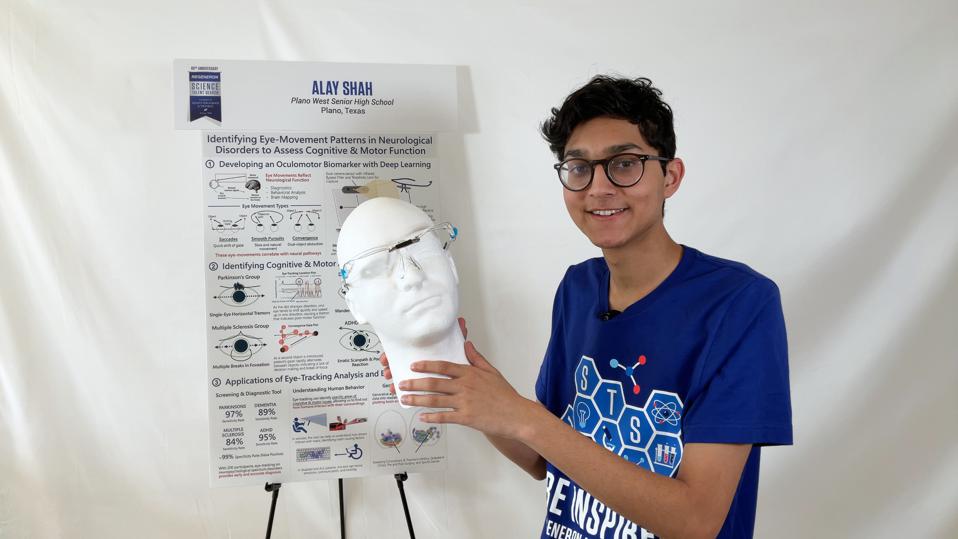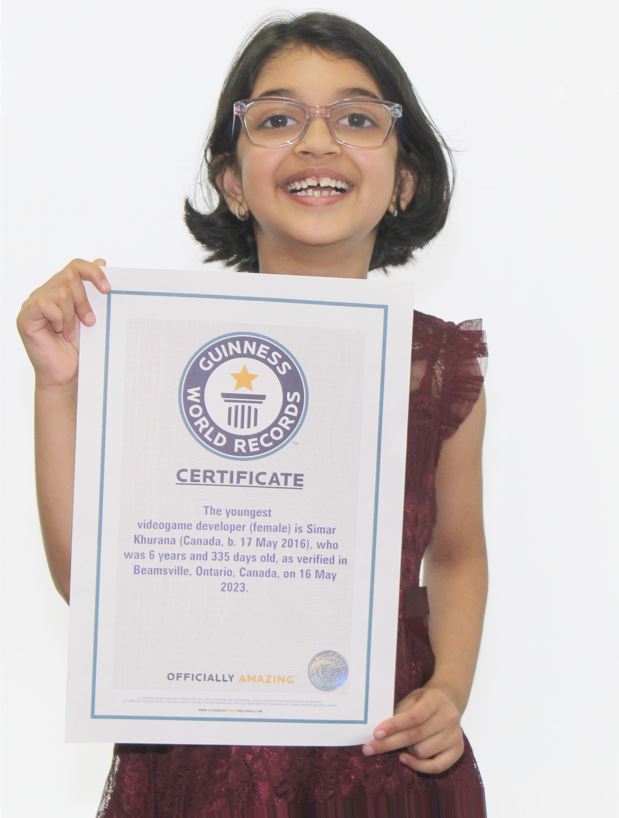(May 2, 2024) DTC brands, or direct-to-consumer brands, are on the rise. By cutting out the middleman and selling directly to customers online, they can offer unique products, build personal relationships, and control the customer journey. This booming market thrives on strong marketing strategies. A well-crafted plan, focused on building brand identity and utilizing data-driven digital channels, is crucial for DTC brands to stand out in a crowded space and convert interest into loyal customers.
Shray Joshi, a first-generation Indian-American entrepreneur, exemplifies the drive and passion required to navigate the competitive world of wellness brands. Prior to founding Good Peeps in 2022, Shray honed his marketing and growth expertise at established companies like Health-Ade Kombucha, Cha Cha Matcha, and SIMULATE. This background, coupled with a personal journey to understand the connection between food and health, positions Shray perfectly to understand the unique needs of today’s wellness brands. The Forbes 30 Under 30 is not only adept at building marketing strategies but also deeply committed to social responsibility, actively working to inspire and empower the Asian American Pacific Islander community.
Growing up in San Diego, “the home of every single cool new product,” the Global Indian recalls that “going to every single grocery store and aisle shopping” was his personal form of therapy as a kid. At University in Boston, Shray Joshi wanted to study psychology and nutrition, driven by his own personal struggles with obesity. From there, he switched to biochemistry and nutrition. “I got to learn about what you’re putting into your body and what it actually does to you,” he said. “My research specifically focussed on learning how processed foods affect your body’s microbiome and metabolism.”

Finding purpose in wellness
He was also focussed on his own wellness journey, and found that simply living better, eating better and moving around can solve most health problems. His fitness journey worked out so well that he was soon helping friends as well, working with them one on one, although he didn’t know where his education and experiences would lead him, from a career perspective. “I was just getting healthy and helping friends do the same.” At the same time, like most science students, he was drinking a lot of coffee.
His first turning point came through a friend in college, who introduced him to matcha, back before everyone was talking about it. “I fell in love with it. One part of wellness is health, and eating right. The new part is reducing anxiety and improving mental health. Matcha helped me reduce coffee and I was wondering why all of America wasn’t drinking this product.” So, he applied to every matcha company he could find, and ended up getting a job at Cha Cha Matcha in NYC, where he worked on digital marketing. From there, he moved to Health-Ade Kombucha, where he became the head of Digital and Growth.
After a few years of working in-house, Shray Joshi decided to try something new. “I got a lot of good advice, including that I was too stubborn to work at a corporate,” he laughs. He began doing consulting instead, and found that the brands he was working with were “overly complicating marketing from an internal perspective.” As the consulting business grew, Shray made the leap into entrepreneurship, founding his own branding company, Good Peeps. “There are so many agencies trying to offer playbook sales tactics. On the other hand, we are like, we won’t work on 600 brands. We will work on four or five brands at the same time and go really deep with them. We will build those really great brands and tell really great stories in unique ways.” They work with fast growing brands in the CGP industry, like Feastables, Chamberlain Coffee and Fly by Jing. “We work with these brands to plan retail and online strategies,” he said. “Given our background as a team, we do good work from a branding, content and creative perspective, as well as performance marketing.”
View this post on Instagram
Helping brands build demand
Responding to a question about whether brands should focus on retail or digital, Shray says, “It’s super category and product dependent. If you have a high consumption frequency, then you want to be in retail. You can use digital to scale and help you win in retail. Other clients need to crush it on digital and also get retail distribution to clog up leaky buckets.”
A strong online content marketing strategy is crucial to building demand. “For one, it’s a good way of showing retailers that they want to have you on board,” Shray explains. “You can bulid a strong community, make really cool partnerships and build a group of hardcore loyalists online. You can use that following to walk into a store and say, ‘I have a bunch of people begging for my product, so you are going to want to stock it’.” Big stores, he says, take on clients with a Direct-to-Consumer presence and also those with a strong online presence.
Telling the right story
“If you have a really good story to tell, then tell it. If you don’t, then don’t force it,” Shray believes. Brands driven by Asian Americans who found companies that connect with who they are have good stories, he says. “But if you’re like, finance-backed and you saw white space in the market, that’s where you lean on product focus and brand marketing, not your personal story.” As a bottom line, he refers to Post Malone. “Make stuff you like. Other people will end up liking it too.”




















